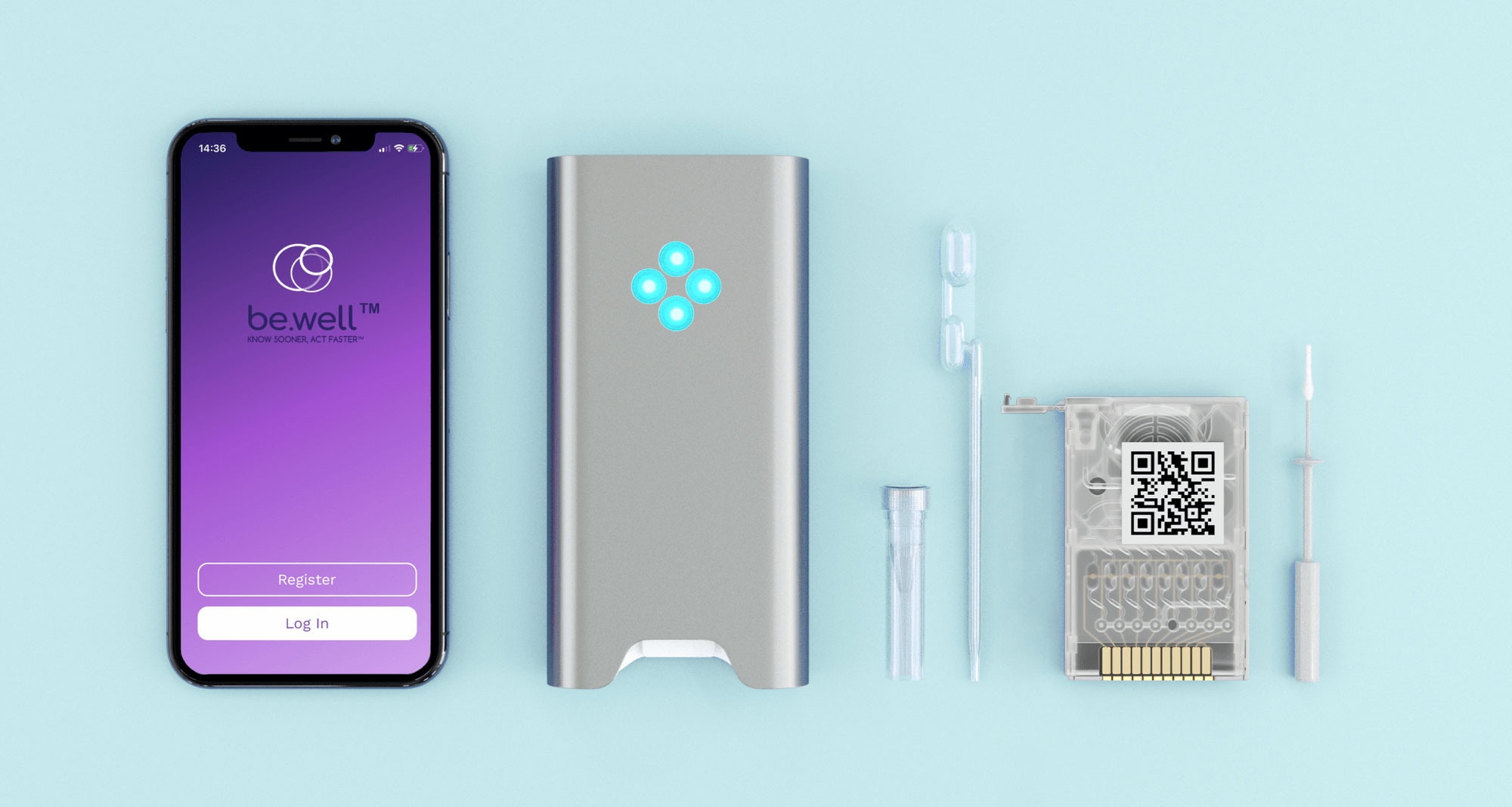Using just-in-time technology to thwart the spread of pathogenic disease in ag.
By Shaun Holt, Chief Executive Officer, Alveo Technologies, Inc.
Just as pathogens mutate, so does science advance to combat them. Sometimes we can find a cure and eliminate it; other times we devise an early-warning system to protect the herd or crop yield and thus the farm business. Sometimes all one can do is find a way to endure.
Regardless of how or what, the goal remains to protect.
Even with the calendar flipping over to 2024, there is still a global crisis within the poultry industry because of a devastating pandemic.
Highly pathogenic avian influenza (HPAI) has killed and required the slaughter of hundreds of millions of domestic fowl, causing billions of dollars in damage and disrupting trade. According to the US Department of Agriculture’s Animal and Plant Health Inspection Service, the virus has affected about 70 million birds in the country, breaking a record previously set in 2015, which itself had seen some $4 billion in economic damage.
Recent outbreaks in California and Alabama required the culling of nearly 700,000 birds.
But while HPAI is the most visible disease affecting agriculture, other livestock and crops are in danger.
According to a 2021 study presented in PNAS (Proceedings of the National Academy of Sciences [of the United States of America]), one of the world’s most-cited and comprehensive multidisciplinary scientific journals, publishing more than 3,500 research papers annually, “Plant diseases, both endemic and recently emerging, are spreading and exacerbated by climate change, transmission with global food trade networks, pathogen spillover, and evolution of new pathogen lineages.”
In other words, the risk of new agricultural pandemics emerging is growing larger every day.
What can the ag sector do about it? The first line of defence is testing.
You can’t treat diseases you can’t identify. Farmers and authorities need to know quickly and reliably what is killing their animals and crops so they can act fast to contain the damage.
The most common type of test is a lab-based polymerase chain reaction, better known as PCR, a test we all became very familiar with during the COVID-19 pandemic.
For a PCR test, a sample must be collected, protected, and shipped to a lab where genetic material will be heated and cooled for many cycles. The test is very precise, but getting a result can take days or even weeks if the test lab is over capacity, as it will likely be during a serious outbreak.
Can farmers afford to wait days or weeks to contain a problem when every precious moment means greater loss of animals, crops, and profit?
Of course not.
But there are solutions.
For example, lateral flow tests (LFTs).
More commonly known as antigen tests, LFTs don’t typically require a lab to get a result. For most LFTs, tests can be performed in the field, and results are obvious soon after. Unfortunately, LFTs are not as sensitive as PCR. As well, LFTs also provide a significant number of false negatives, which is why experts recommend conducting multiple tests over extended periods of time if the first test is negative.
Let’s take HPAI as an example of why these two common types of tests aren’t meeting the challenge of the current pandemic.
HPAI kills and spreads quickly. In just 48 hours after the first bird shows symptoms, an entire flock of thousands can be dead. Also, while HPAI doesn’t spread easily between humans, there have been around 250 documented cases, most of which were people catching it after exposure to infected birds.
In 56 percent of these bird-to-bird HPAI cases, the disease was fatal.
So, when farmers wait days to get results or get results that falsely say their birds are clear, it allows the virus more time to spread farther into the flock and prolongs the exposure to the people who work with the birds.
Agriculture needs tests that provide accurate results quickly in the field and can transmit results automatically to the relevant authorities.
Loop-mediate isothermal amplification (LAMP) is, like PCR, a DNA amplification technology, but the key difference is that it holds the sample at a steady temperature instead of cycling.
The LAMP technology has recently come off patent, and as a result, there’s a great deal of innovation taking place.
Rugged tests are in development for agricultural use that provide precise results in about 30 minutes, and some can automatically transmit geotagged results to the Cloud, which helps authorities stay ahead of the spread.
We live in a new era where emerging pathogens become more common, and aggressive efforts will be required to contain the damage to the industry. But if we are to win in this fight against disease, we need a new testing paradigm.
Related Articles
- AI & Ag A viewpoint on how artificial intelligence can positively impact the agricultural sector. By Andrew Joseph, Editor When it comes to AI, aka artificial intelligence, people either know all about it or they don’t. ...
- Coal as cow feed? Researchers turn coal into an edible protein as part of cattle feed—is it a diamond in the rough? By Andrew Joseph, Editor Centuries before coal was used to heat homes, be they castles or peasant huts, it was use...
- Myrna Grahn is our new Executive Director We are excited to announce the appointment of Myrna Grahn as the new Executive Director of the Canadian Association of Agri-Retailers (CAAR). She stepped into her new role as of March 25, 2024. Myrna brings a wea...
- Strategies to recruit top talent Craft tailored compensation packages, offer flexible work arrangements, and create an optimum work environment. By Denise Faguy, Associate Editor Data from the Canadian Agricultural Human Resource Council (CAHRC)...
- Increasing your company’s brand reputation A well-thought-out brand marketing campaign will help you grow and promote your brand. By Andrew Joseph, Editor A company is often only as good as how the customer or consumer perceives it to be. It doesn’t even...
 How to resolve AdBlock issue?
How to resolve AdBlock issue? 




Join the discussion...
You must be logged in as a CAAR member to comment.
Report
My comments